Serbian Food: 16 Dishes to Try During Your Trip to Serbia
Serbian food is as much of a highlight of travelling to Serbia as visiting the country’s main attractions and historical sites. Globally, little is known about Serbian cuisine.
However, those that visit the little Balkan country and sample it will sing its praises far and wide. Traditional local dishes are typically meat-focused and showcase sumptuous, marinated cuts of beef, pork and lamb.
That being said, vegetarian and vegan travellers, along with those that have specific dietary requirements will not be short of options when in Serbia. There is plenty of variety within Serbian cuisine, and different parts of the country are famous for different dishes.
Serbian Food: 16 Dishes to Try in Serbia
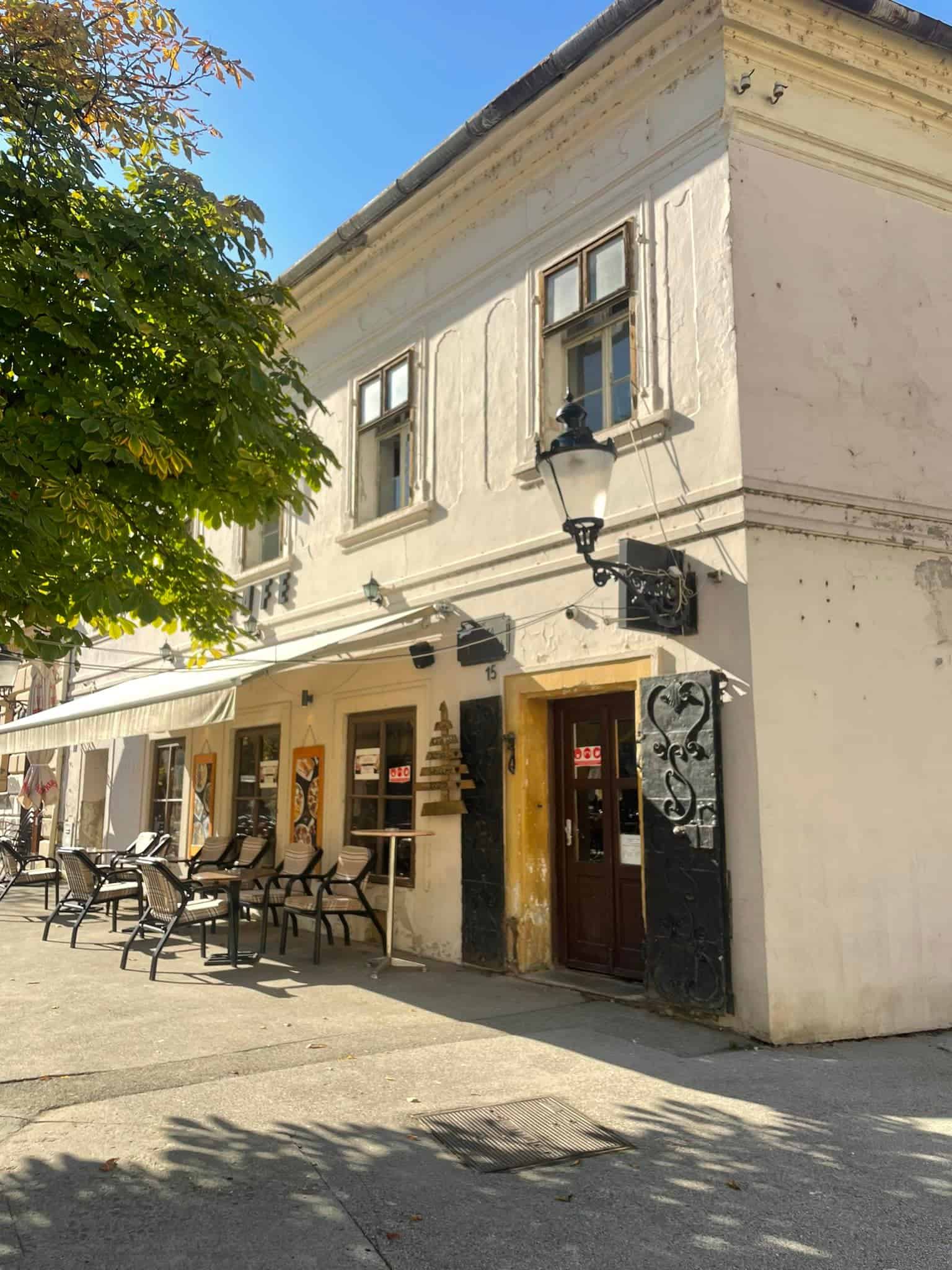
Various civilisations have occupied Serbian lands over the centuries. Most notably, the Ottoman Empire and the Austro-Hungarian Habsburg Empire.
Each has left its mark on Serbian food. You will note some similarities between Serbian, Balkan and Turkish food. This is due to the long term presence of the Ottoman Empire in this area.
Serbian Cheeses
Serbian cheeses are among the many excellent quality local agro products that the country produces. The best quality cheeses are found from small vendors or farm shops in rural areas.
If you are staying in Belgrade for an extended period of time, you can consider ordering a farm food delivery to your accommodation so that you can try the very best dairy produce. Some Serbian cheeses can be found in supermarkets, or served as charcuteries and wine pairings in certain restaurants and wine bars.
Zlatarski sir makes a nice introduction to Serbian cheese. It is a semi-hard, mild, milky cheese that originated in the Zlatar mountain area of Serbia.
The cheese is typically made entirely from raw cow milk but is sometimes also made with a blend of sheep milk. It is typically left to age for 3-8 weeks before being consumed.
Miročki sir is the Serbian alternative to Cypriot halloumi. It is a fresh, full-fat cheese made from cow’s milk.
Just like halloumi, miročki sir is often grilled. This gives the exterior something of a crunchy, smoked texture while the inside remains creamy and partially melts.
Cevapi
Cevapi is a fast food dish that could essentially be considered the national dish of Serbia. This kebab-like dish consists of caseless sausages that are made from a blend of minced beef and lamb.
They are usually served in a flatbread with sliced/grilled onions on the side. Cevapi is more of a street food, and you will find many takeaway places that you can buy it from around Knez Mihailova in Belgrade, in Dorcol, Zemun, close to Belgrade bus station, etc.
That being said, you will also find it in some sit-down restaurants. Cevapi can be found in several Balkan countries – including neighbouring Croatia, Montenegro, Bosnia & Herzegovina, and North Macedonia.
Burek pastries
You will find bakeries on virtually every street corner in Serbia. Just look out for a sign that says ¨Pekara¨.
There is always an abundance of pastry options in Serbian bakeries – both sweet and savoury. However, ¨burek¨ is a local favourite. You will also find it sold at special burek stores called buregdzinicas.
Serbian burek are flaky filo pastries that are stuffed with a particular filling. There are four traditional burek fillings.
Namely, they are meat (burek sa mesom), potatoes (krompirusa), cheese (sirnica), and spinach (zeljanica). A slice should cost you less than €1 and can be enjoyed alone or with a hearty serving of Greek yoghurt, and salad.
Burek pastries are served across the Balkans, with each country and individual bakery putting their own spin on the recipe. Serbian burek is comparable to Turkish ¨borek¨ or Greek pastries like spanakopita, and tiropita.
Rakija
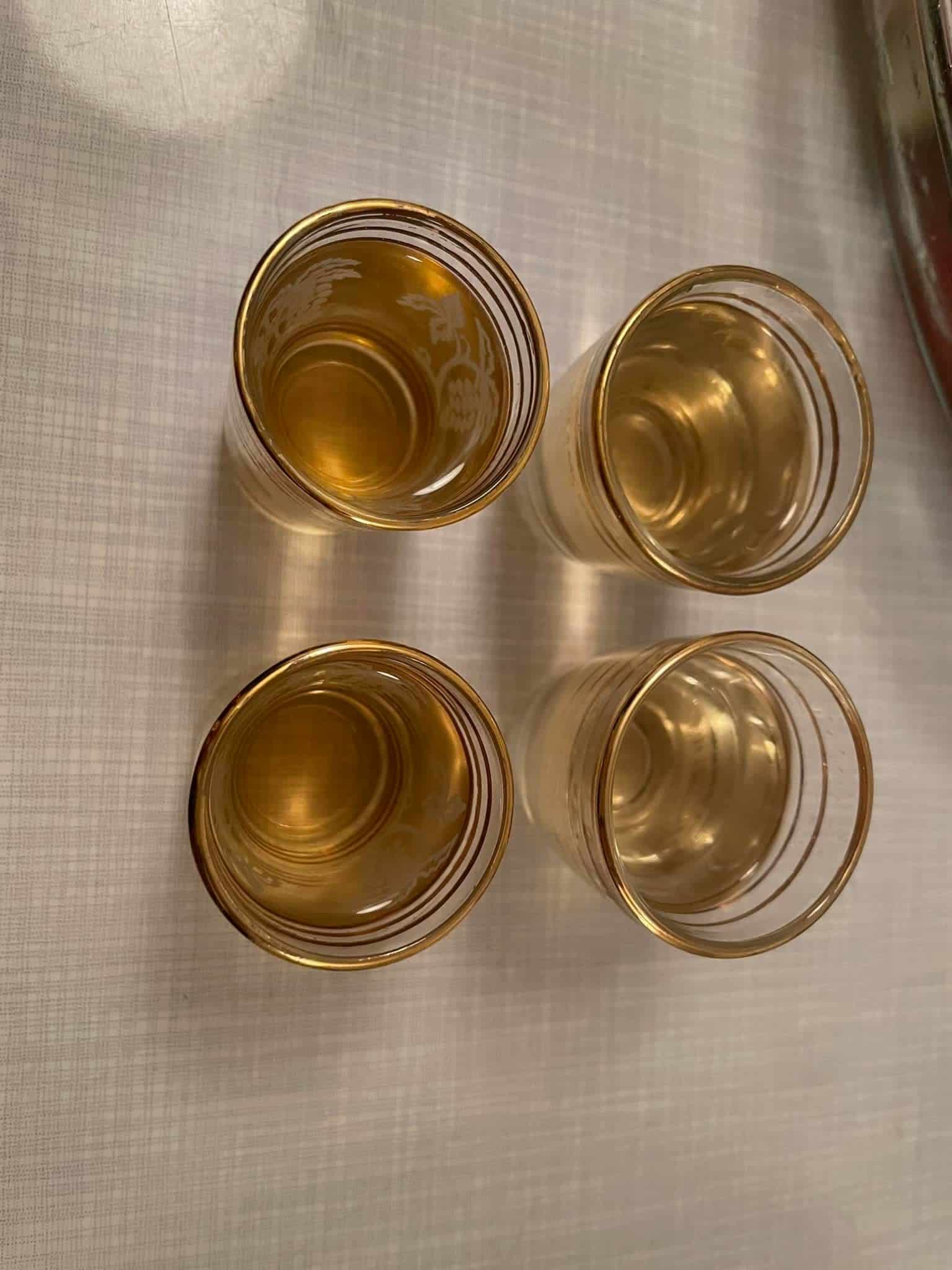
Rakija is the national beverage of Serbia. Serbian rakija is to the country what ouzo is to Greece or what raki is to Crete.
This fermented fruit liquor is extremely popular and can be found virtually everywhere. It is something of a prerequisite that any restaurant/bar worth their salt must sell a selection of good rakijas.
Many people make their own Serbian rakija and indeed, as you travel through the country, you will see homemade versions on sale at farmers markets and even from people’s homes.
Podvarak
Podvarak is a simple meat and vegetable dish that can be found across the Balkan countries that were once part of former Yugoslavia. It is particularly popular during the winter months and can be made with or without the addition of meat.
The dish consists of sauerkraut, onions, garlic, and meat (commonly pork/bacon). Historically, it was considered a ¨poor man’s dish¨ because it was relatively cheap to make.
Many Serbs prepare this at home as a comfort food though you will also find it at some restaurants. Locals will tell you that it is a great dish to cure your hangover and soak up any remaining alcohol after a heavy night of drinking.
Sarma
Serbian sarma is stuffed cabbage that is filled with meat and rice and then cooked over sauerkraut. It can be compared to Greek dolmas and has roots in the Ottoman Empire, with several former Ottoman-occupied states preparing it.
Sarma graces the menus of virtually every traditional Serbian restaurant. It can be enjoyed as a main or shared with your travel companions as a meze dish.
The dish is such an important part of Serbian food culture that many Serbs consider any woman that makes it well to be instant wife material.
Ajvar
Ajvar is a Serbian roasted red pepper sauce and as far as locals are concerned, it goes with everything! Many restaurants make their own avjar, however you can also find it sold in jars in the supermarkets.
The existence of various ajvar recipes means that this relish can vary significantly in both texture and taste. Sometimes, eggplant, tomatoes, or cheese are added to the recipe, thus drastically changing the outcome.
Ajvar can taste mild and fruity, or spicy. It became a very popular side dish across Yugoslavian nations after the second World War and today, it can be found everywhere from Serbia to Croatia, and North Macedonia to Bosnia.
Ajvar almost always makes an appearance at a Serbian dinner table. In particular, it goes well with grilled meat and vegetables.
Proja cornbread
Srpska proja is a delicious Serbian cornbread that is often served as a side dish for popular delicacies like Sarma and Podvarak. Historically, it was associated with Serbian peasants because it was much easier for them to get cornmeal, than to be able to make white bread.
Alternatively, sometimes it is served with ham, cheese, or vegetables.
Karađorđeva šnicla
Karađorđeva šnicla is the Serbian answer to schnitzel. Typically, pork cutlet is stuffed with kajmak (Serbian cheese), before being rolled in breadcrumbs and fried in oil.
Head to any of the restaurants that line the cobbled promenade of Skadarlija and you will have the opportunity to order and sample Karađorđeva šnicla. The dish was created in 1956 by Chef Mića Stojanović, who would later become the personal chef of Josef Broz Tito.
The dish typically comes served with roasted potatoes and a lemon wedge which you should squeeze and drizzle over the top. It is sometimes affectionately nicknamed devojacki san (maiden’s dream).
Why? On account of the phallic-looking appearance of the schnitzel! Some say that it has the perfect length and girth!
Prebranac
Prebranac is a staple of Serbian cuisine and a winter comfort food dish that is enjoyed across the Balkans from November through February. You could compare Prebranac to the Greek food dish “Gigantes plaki”.
Prebranac is a Serbian baked bean casserole that is made with lima beans, onions, paprika, and garlic. Most Serbians follow the Orthodox faith and as they fast and give up animal products in the countdown to Easter, prebranac is one of several vegan friendly dishes that they enjoy.
You can make prebranac by yourself with ease if you are interested in sampling international cuisine. The dish is simple to prepare and you wind up with a lot of bean casserole that can be reheated and enjoyed over several days.
Urnebes
Urnebes is a thick, salsa-like dip that originates from the south of Serbia: Nis and surroundings. The food culture here is distinctly different from that in the northern part of the country and urnebes is known to be very spicy.
There are countless different ways to make urnebes, and no two restaurant creations will be the same. The name Urnebes means “mess”.
This is a fitting name. Although there are base ingredients that are commonly added to the recipe, chefs commonly throw in whatever ingredients they feel like, and whatever they have available.
Local cheese, kajmak (Serbian cream cheese), roasted peppers, and chilli peppers are commonly added to the mix. Urnebes is a dip, and can essentially be slathered over whatever you like.
It works well when dolloped on top of grilled meats or served in hearty slatherings on cornbread.
Bermet, Serbian wine
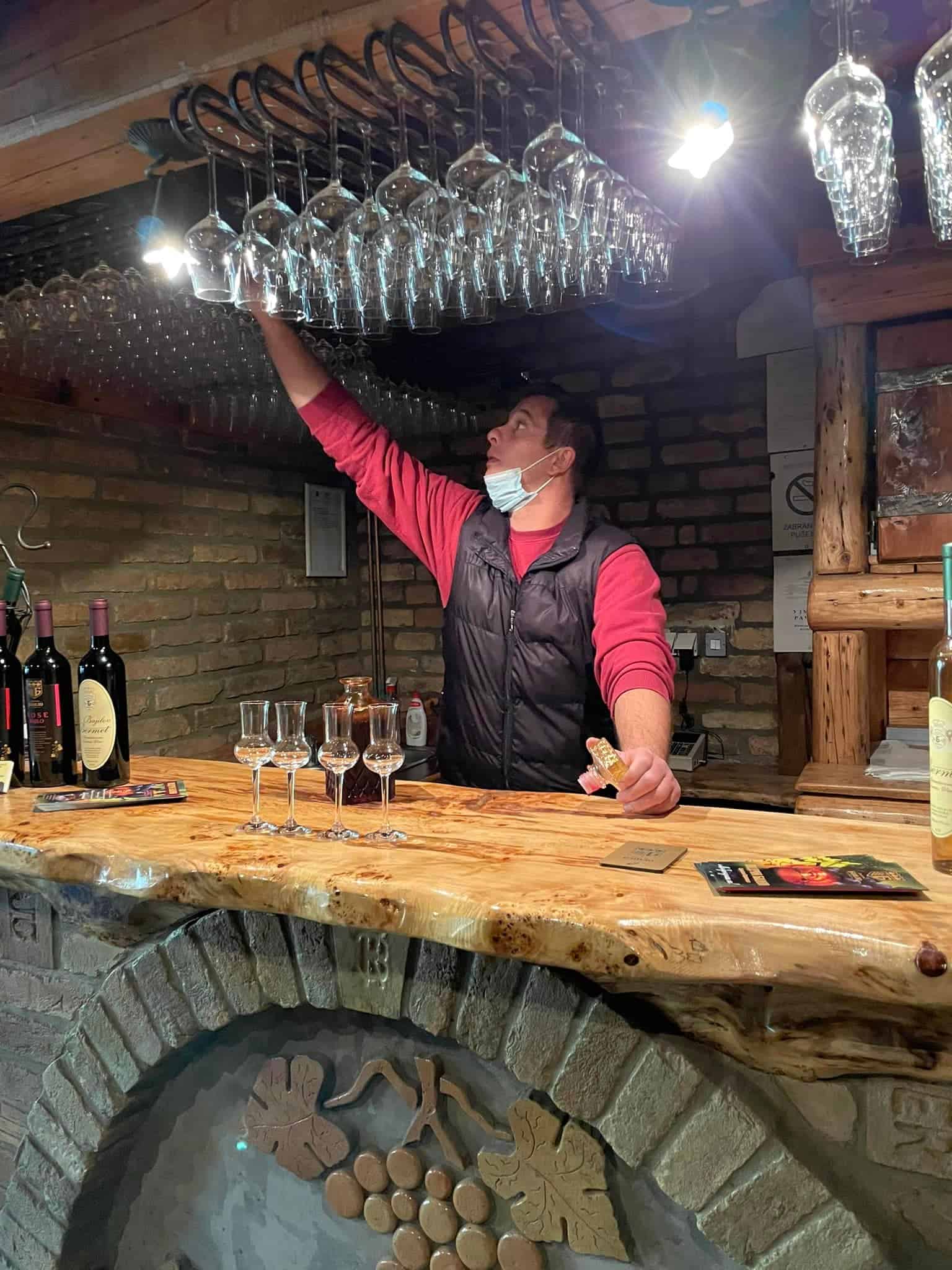
Internationally, very few people are aware of Serbian wines. Not only does Serbia produce excellent whites, reds, and roses, they also produce something extra special: Bermet.
Bermet is a Serbian dessert wine that has a taste incomparable to anything else. It is prepared and sold in the northern Serbia village of Sremski Karlovci, some 80km northwest of Belgrade.
The wine has something of a medicinal taste – with undertones of cinnamon, cardamom, and clove. The variety produced at Živanović Winery has a fascinating story behind it too.
In fact, this wine was on the list of wines served to nobles on the titanic. If you stop by the little village of Sremski Karlovci during your Serbia travels, you can pop by for a free tasting.
Kuglof
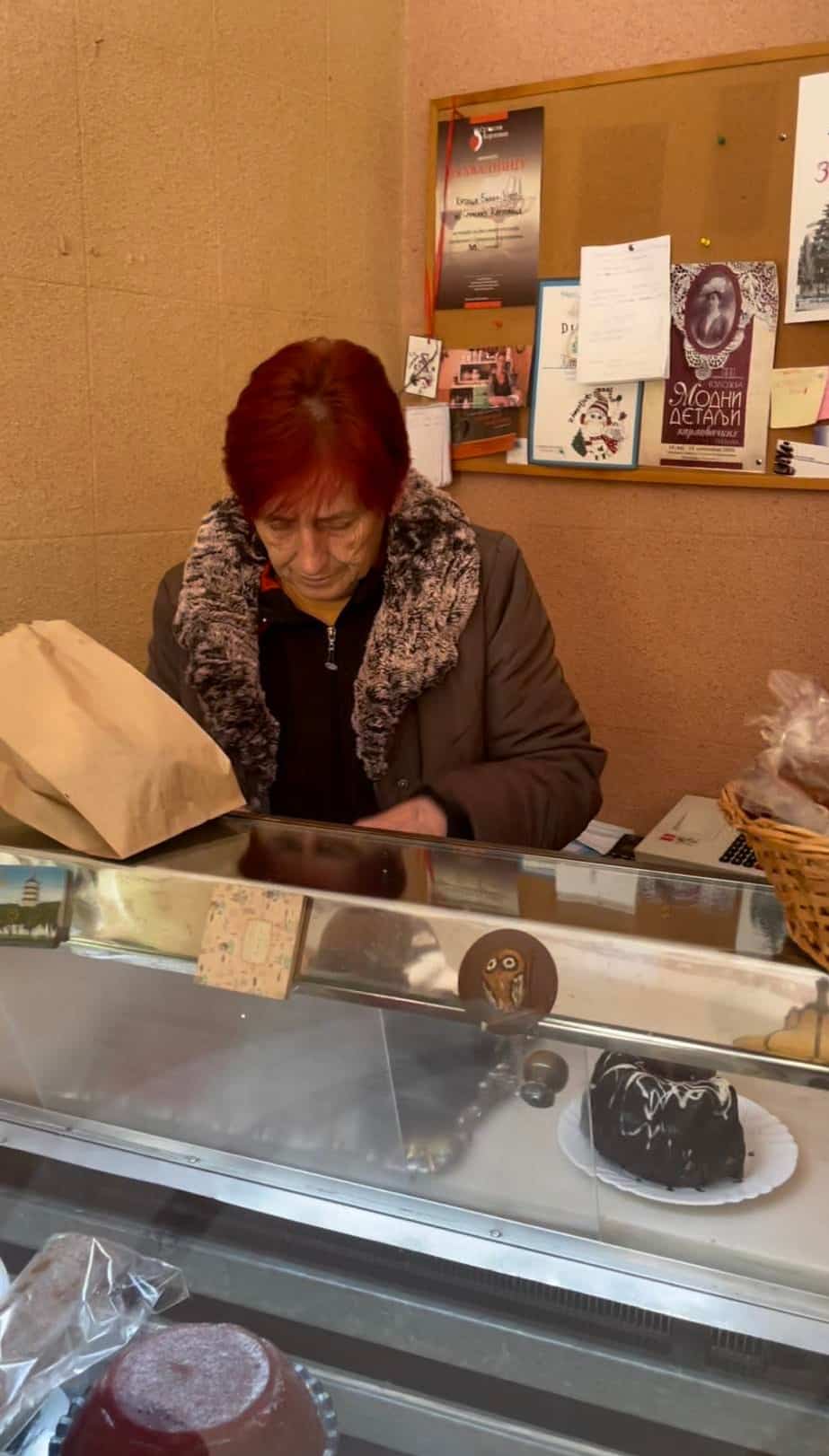
Serbian Kuglof is a bundt cake dessert particular to the northern part of the country. Namely. Sremski Karlovci, Novi Sad, and the surrounding villages.
The dessert was brought to Serbia by Germans who settled in the Vojvodina region during the 18th century. Here, you can purchase the cake by the slice or in its entirety.
A hearty slab of cake will not set you back more than a few hundred dinars. The most common variations of this are apple or cherry chocolate.
If you happen to be in Northern Serbia in early May, you may be lucky enough to catch the annual Kuglof festival. What could be better than an international celebration of cake?
Kajmak
Kajmak is a Serbian cream cheese that pairs well with everything. Westerners may lather Philadelphia cream cheese on their crusty bread but Serbs will use kajmak.
Kajmak has a consistency that is similar to clotted cream but it isn’t sweet like the British clotted cream that you would dollop on top of scones, its savoury. It has more of a salty, cheesy taste.
There are essentially two variations of kajmak: young and mature. The “young” version is ready to consume immediately while the “mature” version is left to drain and age for a long time. Often, Serbs will enjoy kajmak on pogaca – traditional Serbian bread.
Slatko
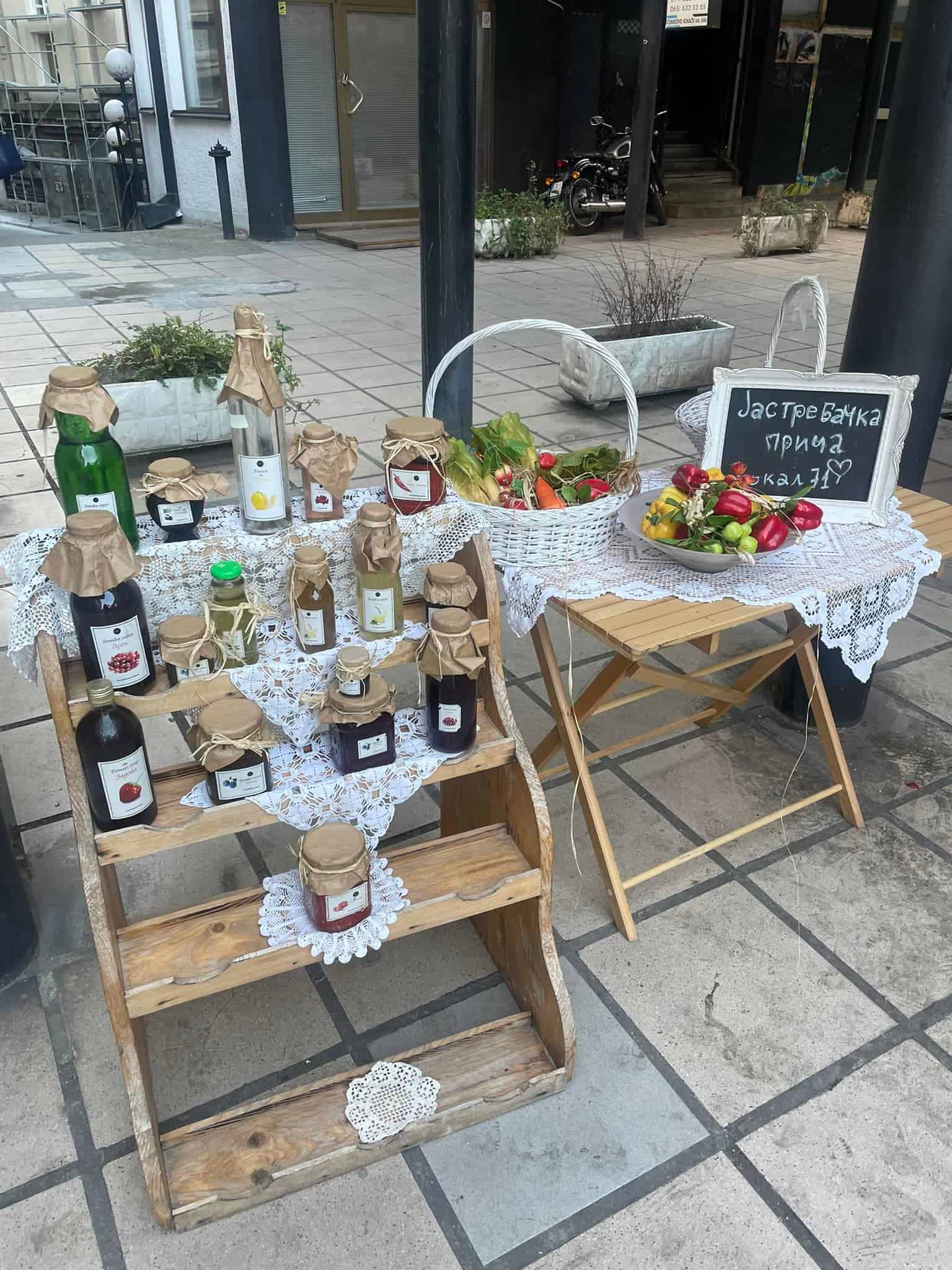
Sometimes, you will dine out at a restaurant in Serbia and be presented with a complimentary dessert. Commonly, this is slatko.
Slatko is a Serbian fruit preserve. Whole or sliced fruits are doused in a thick, sugary syrup. To an outsider, slatko may sound and look questionable, but the treat is inexplicably tasty and sweet.
Slatko is almost always served in little glass serving bowls, and common versions include cherry, raspberry, plums, prunes, grapes and figs. You can eat it as-is, or enjoy with yoghurt.
Slatko is very similar to the Greek dessert spoon sweets, but there are similar treats that can be found all across the Balkans. You will also find jars of slatko sold in delicatessens and artisanal stores. They make a great gift for family and friends at home.
Mućkalica
Serbia is a meat lovers paradise and there is no dish where that is more evident than Mućkalica. The name of the dish comes from the word mućkati, meaning “to shake, stir, mix” in Serbian.
Mućkalica is a stew made from barbecued meats mixed with fresh vegetables, It is typically made in a clay pot, in order to create the most intense flavour.
Mućkalica is distinctly different from any other meat casserole dish that you may have tried because it uses a diverse mix of different meats. The meats used are not only different cuts of meat from one animal but different cuts from various animals.
So, you may find a hearty Mućkalica that combines various cuts of pork, beef, and veal, all in one bowl. The original dish hails from the Serbian town of Leskovac. However, there are variations all over the country and no two Mućkalica casseroles are the same.
